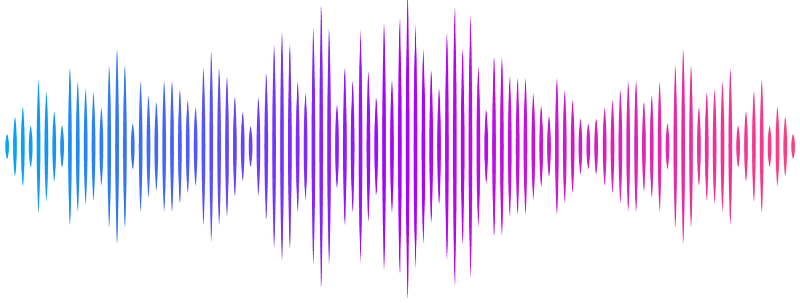Recurrent Emergence of Boundary Cell Types During Evolution of Floral Bullseye Patterns

Recurrent Emergence of Boundary Cell Types During Evolution of Floral Bullseye Patterns
Oud, S.; Zurowski, M. M.; van der Jagt, P. L.; Yeo, M. T. S.; Walker, J. F.; Moyroud, E.; Vroomans, R. M. A.
AbstractPetal patterns contribute to the reproductive success of flowering plants by attracting pollinators and protecting the reproductive organs from environmental factors. While some transcription factors (TFs) responsible for pigmentation and cuticle decoration have been identified, little is known about the developmental processes that first establish the regions in the petal where these regulators are active - the pre-patterning phase. Here, we developed a computational model of the evolution and development of petal patterns. We selected for gene regulatory networks (GRNs) that could generate the proximo-distal bullseye pattern of Hibiscus trionum petals, which resulted in robust patterning dynamics and a variety of bullseye proportions. The evolution of these bullseye patterns was often accompanied by the spontaneous emergence of a third cell type at the boundary between the proximal and distal region with a unique gene expression profile, which appeared in the majority of simulations despite not being explicitly selected for. We experimentally validated the presence of such a boundary cell type by identifying genes with a distinct boundary-localised expression pattern in H. trionum petals. Although boundary cell types could appear spontaneously without apparent function, they were more often important for pattern formation and more evolutionarily stable when gene expression was noisy. This suggests that this emergent cell type can become functionalised to buffer bullseye formation against developmental variability. Altogether, these results show how novel cell types can arise spontaneously and repeatedly from selection on other features, and then potentially become recruited to fulfil a function during or after development